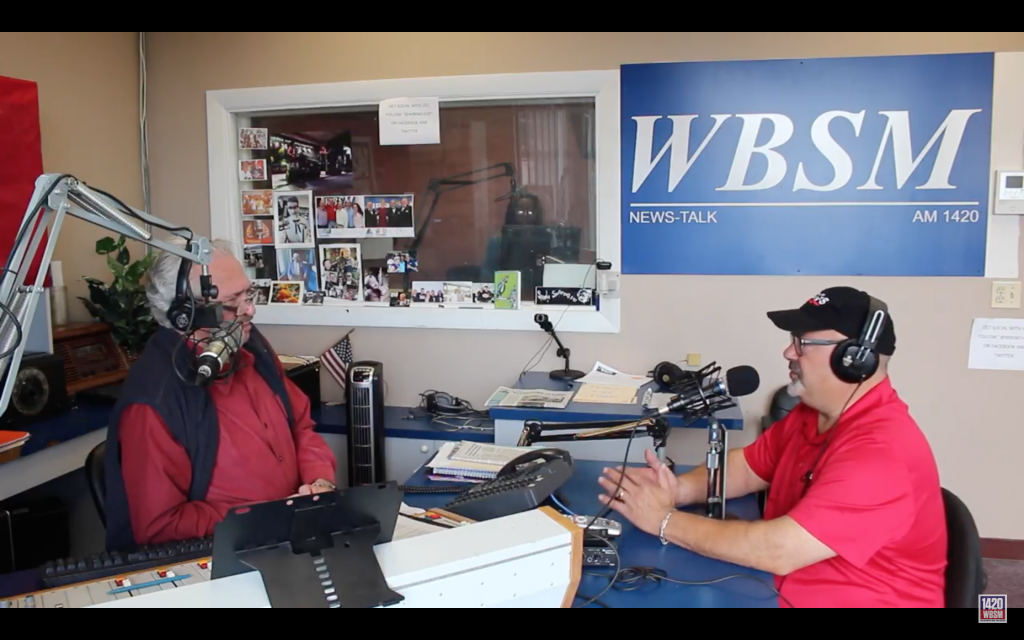January 16, 2018 — The Netflix show “Rotten” is a six-part docuseries that focuses on where food comes from, including cod.
In the series, which debuted Jan. 5, each episode focuses on a different food: honey, peanuts, garlic, chicken, milk and cod.
“As the global fish supply dwindles, the industry faces crises on all sides — including crooked moguls, dubious imports and divisive regulations,” according to the description of Episode 6 “Cod Is Dead.”
Read the full story and watch the series trailer at the New Bedford Standard-Times

